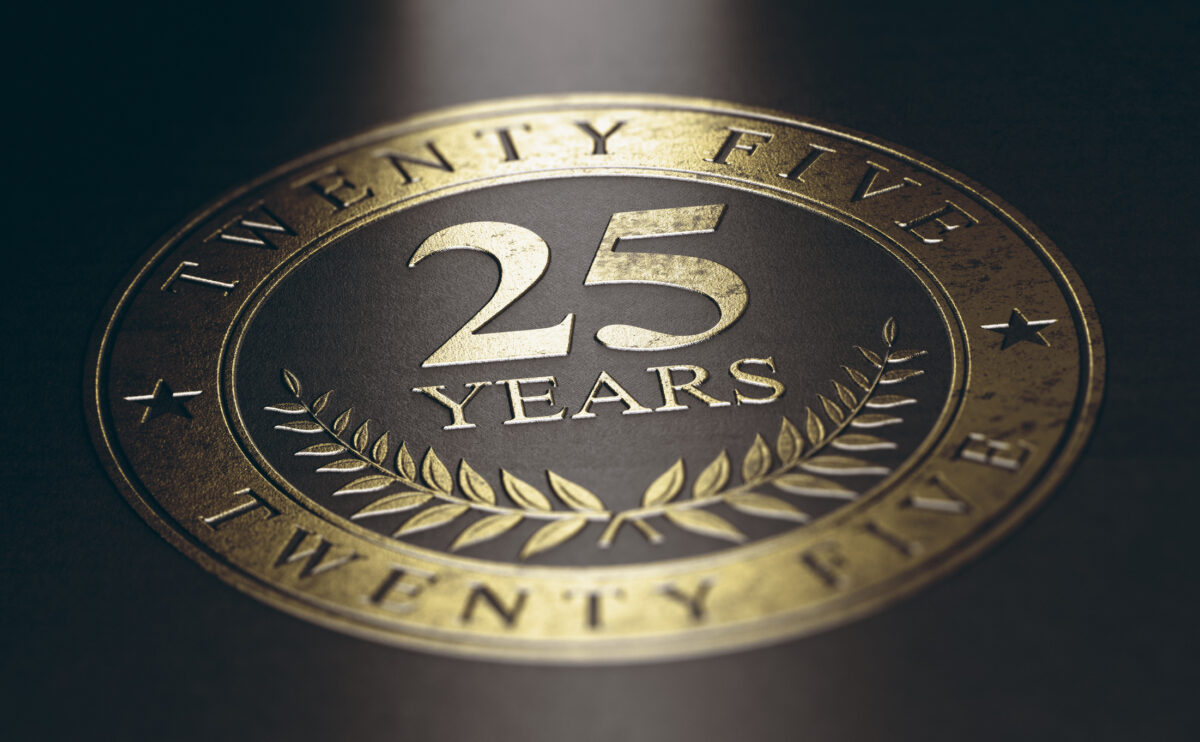25 Years of Change – Qualitative Methodologies
5/29/24 / Kevin Raines

As Corona Insights arrives at our 25-year anniversary, we’re going to take a look back at the world 25 years ago and examine what has changed, both in the state of Colorado and in the world of research. This blog post will focus on the evolution of our most common qualitative research approaches.
While we use a variety of qualitative research methods, I’ll discuss two of our primary tools where I’ve seen particularly notable changes over the years, both in terms of how they’re used and how they’re implemented. These tools are focus groups and one-on-one interviews.
Focus Groups from Our Desk
Okay, I’ll make a confession here. I kind of miss the old days of traveling for focus groups. When Corona Insights was born 25 years ago, focus groups were an oft-used technique, and we went to the people. In the early years, I traveled to southern California to discuss retirement savings, Colorado’s mountain resorts to discuss smoking cessation, rural Arkansas to discuss romance novel design, and many more places and topics. It was fun to meet with people in their own environments and understand how they live.

We still conduct focus groups on site where it’s important to understand not just the people, but also the context of their lives. But relative to the cost of travel, it has to be an important need now. The reason for that is because in 2024 we have cost-effective alternatives in the form of online focus groups (real-time gatherings of people in video meetings) and online discussion boards (asynchronous online text-based discussions).
These new methods may sacrifice a bit of context, but they bring other advantages. A notable advantage is, of course, cost. If we can conduct groups without the down time and costs of travel, it’s good for our clients. A less obvious advantage is that we can conduct focus groups across a range of geographies rather than picking specific sites. With on-site focus groups, we spend considerable time identifying a constellation of locations for groups that collectively reflect our audience. However, with online groups and discussion boards we can recruit a group of people in our target market without worrying about whether they live in the same town. The result is often better representation of our market.
One-on-One Conversations
Twenty-five years ago, focus groups ruled the earth for most types of public qualitative research. They were deemed to be more cost-effective than doing one-on-one research, and had the advantage of allowing group interplay and discussion.

Those two things remain true, and focus groups certainly still bring value, but over time we’ve come to value one-on-one interviews very highly and now use them even more than focus groups. They offer the opportunity to delve more deeply into individuals’ experiences, and they offer an opportunity to unveil surprising insights without distracting other participants. In a world that is increasingly aware and concerned about privacy and inclusion, interviews also ensure that participants can speak freely and ensure that their voice is heard.
So What Does This Mean To Our Clients?
Our evolution throughout the past 25 years has been overwhelmingly positive for our clients. The classic focus group still exists and we like heading out on the road to do them. But we now have a broadened arsenal of methodologies and tools to truly customize our approach to the needs of the client and the target population.
